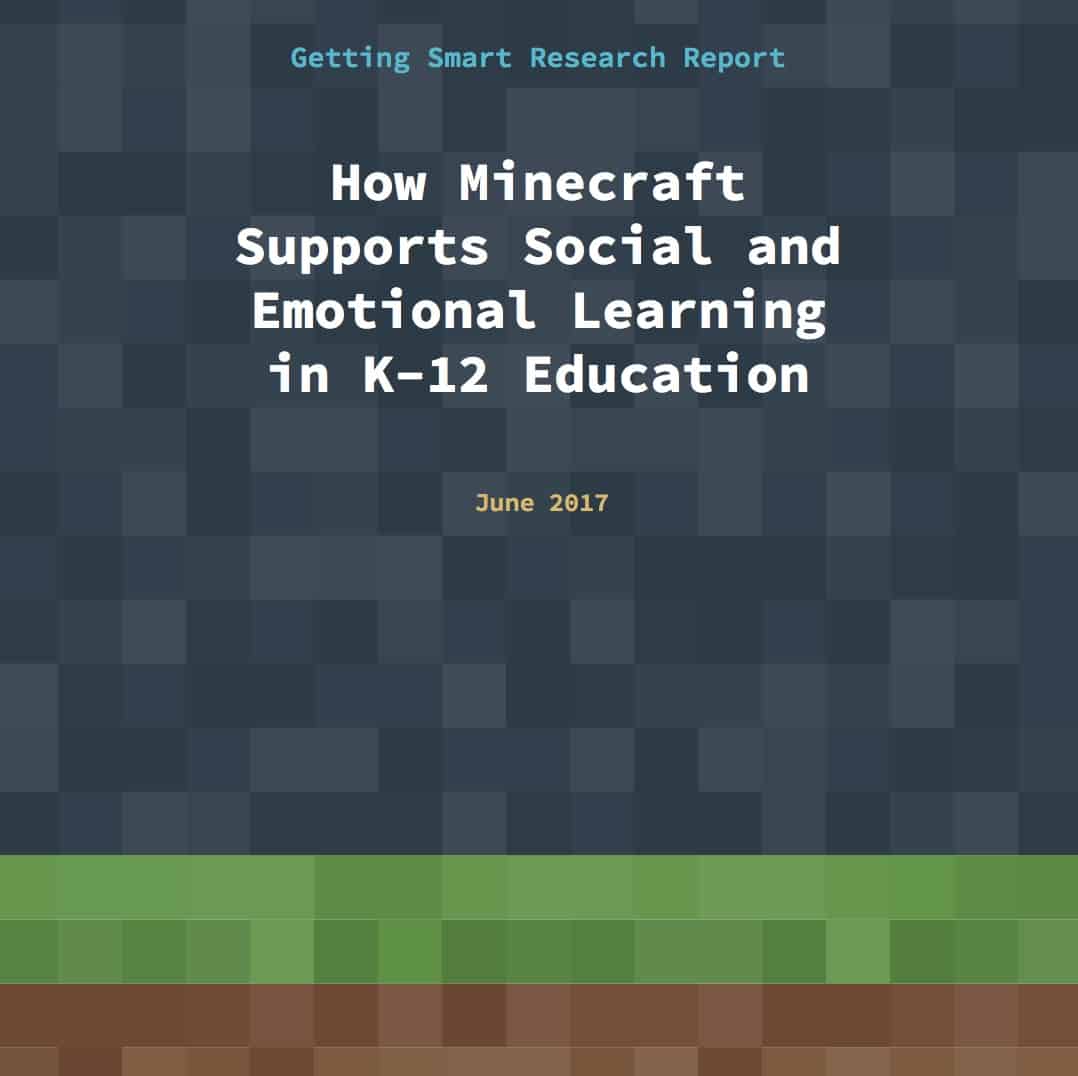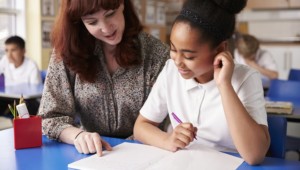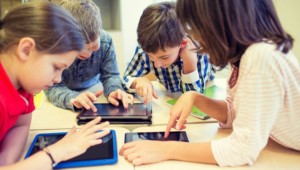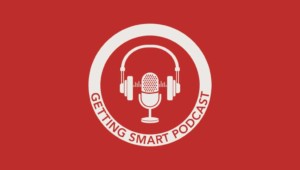How Minecraft Supports Social and Emotional Learning in K–12 Education

Schools and districts across the globe are embracing social and emotional learning (SEL), an approach that builds skills and competencies that will help students be successful in school, work, and life.
In an increasingly multicultural world with rapidly-changing technologies, students who can apply the knowledge, attitudes and skills necessary to understand and manage emotions, set and achieve positive goals, feel and show empathy for others, establish and maintain positive relationships, and make responsible decisions are poised for greater success. (In fact, research shows that they are more likely to graduate high school, and are better prepared to pursue college degrees and to become engaged citizens.)
Preparing today’s students for this brave new world—and a host of jobs that don’t yet exist—has encouraged a pedagogical shift toward a more holistic approach to teaching and learning. SEL emphasizes adaptability while also being about learning to build relationships and interact effectively with others. Integrating it into one’s teaching is, of course, another story.
It’s a complicated task, and one that has benefited from the use of specific technologies. In particular, many K-12 educators have enthusiastically embraced gaming as a means for building SEL skills. Due to its ubiquitous popularity outside the classroom and its versatility in terms of subject matter, Minecraft: Education Edition has been sought out by teachers in a variety of disciplines.
How would it be received when incorporated into lessons and graded assignments, and in what ways could it possibly improve SEL outcomes? That remained to be seen.
To investigate further, the Getting Smart team partnered with Microsoft on a project exploring the potential connections between classroom use of Minecraft and K-12 students’ SEL outcomes.
Through interviews, a global survey and several case studies, we gained an inside view of what is currently happening on this front in K–12 education on four continents. The report also provides helpful insights for those who may be interested in supporting an SEL program within their school.
We also spoke with several educators and experts in K–12 education to learn how gaming—which can often seem more isolating than interactive—could actually boost social and emotional outcomes for students as young as those in kindergarten. Their observations make a powerful argument for the ways in which Minecraft specifically creates opportunities for transformational learning experiences.

We invite you to read our full report, How Minecraft Supports Social and Emotional Learning in K–12 Education, and look forward to hearing your thoughts both in the comments section of this post and on social media.
Download the Report
This report and blog are part of a research project made possible with support from Microsoft. The statements made and views expressed are solely the responsibility and opinions of Getting Smart and the interviewees featured.
For more, see:
- How Gaming Can Encourage Social and Emotional Learning
- Increase Social Awareness and Build Culture: Action Steps from 4 Schools
- Using Exploratory Projects, Minecraft and Storytelling for Personalized World Language Learning
- Teachers: Embrace the Full Potential of Technology Education Through Creation
Stay in-the-know with all things EdTech and innovations in learning by signing up to receive the weekly Smart Update. This post includes mentions of a Getting Smart partner. For a full list of partners, affiliate organizations and all other disclosures please see our Partner page.







0 Comments
Leave a Comment
Your email address will not be published. All fields are required.